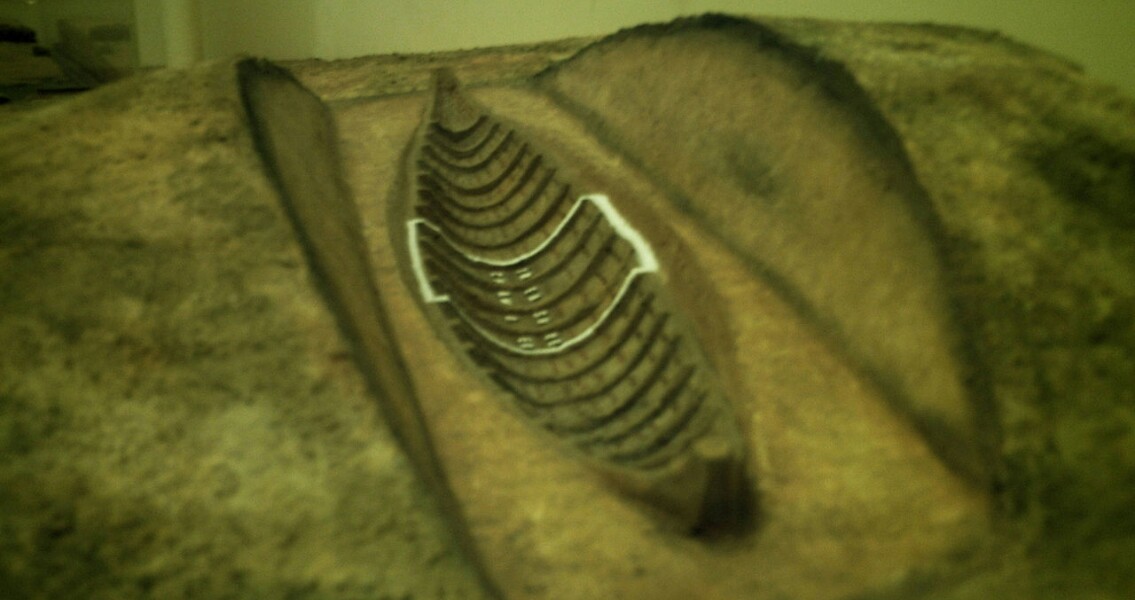<![CDATA[Bitumen from the Middle East has been positively identified in the ship of Sutton Hoo, a famous archaeological burial dating to the ancient English kingdom of East Anglia. The buried ship tomb of Sutton Hoo, one of the most famous Anglo-Saxon burial sites ever discovered, was originally found in 1939. However, it is still revealing new secrets even to this day that add to our understanding of England during the sixth and seventh centuries. The archaeological treasures reclaimed from the ship burial – and from other nearby burials – have been nothing short of astounding, as pieces of ceremonial armor, coins, silverware, and jewelry have all been found at Sutton Hoo. This is the first time bitumen has been discovered, however. According to researchers from the University of Aberdeen and the British Museum, the rare, tar-like substance found within the ship was originally thought to have been “Stockholm Tar”, a locally-sourced substance used for maintenance and repair of the ship when it was an ocean-going vessel. However, the scientists used new, cutting-edge technology to re-evaluate these samples and others found at Sutton Hoo in order to ensure they had not been misidentified. Through isotopic analysis and digital imaging techniques researchers were able to determine that these lumps of “Stockholm Tar” were anything but. In fact, they matched the isotopic and molecular characteristics of bitumen sourced from the Middle East. Such finds in the UK are exceedingly rare, the researchers say, adding that such a discovery makes a case for the trade of bitumen far north from the Middle East to the islands of Britain as early as the sixth to seventh centuries. The original purpose the bitumen served has not been able to be discerned from the fragments that survived the millennia. Likewise, researchers are unsure of the original form it may have taken when it was laid to rest with the individual who had been interred within. However, the scientists suggest that it was not laid there mistakenly but on purpose, and might have been an ornamental object that had been placed within the grave. With the rarity of such a raw material, the possibility exists that the bitumen might have been included as a point of prestige. There is little known about the individual who had been buried at Sutton Hoo, as it is thought that the acidic soil has long-since dissolved the body, only leaving tell-tale traces of phosphate behind. However, many historians believe that the ship was the tomb of Rædwald of East Anglia, a powerful king who reigned for around a quarter of a century and who died circa 624 CE. While little documentation from that period survives – a byproduct of Viking raiding and occupation that saw East Anglia fall to the Danes – the opulence of the grave goods and the ship tomb itself point to the individual it was intended for having been a major figure in East Anglian history, making it a safe bet that it is the final resting place of King Rædwald. ]]>
Sutton Hoo Ship Burial Included Bitumen from Middle East
